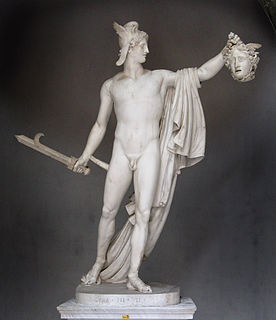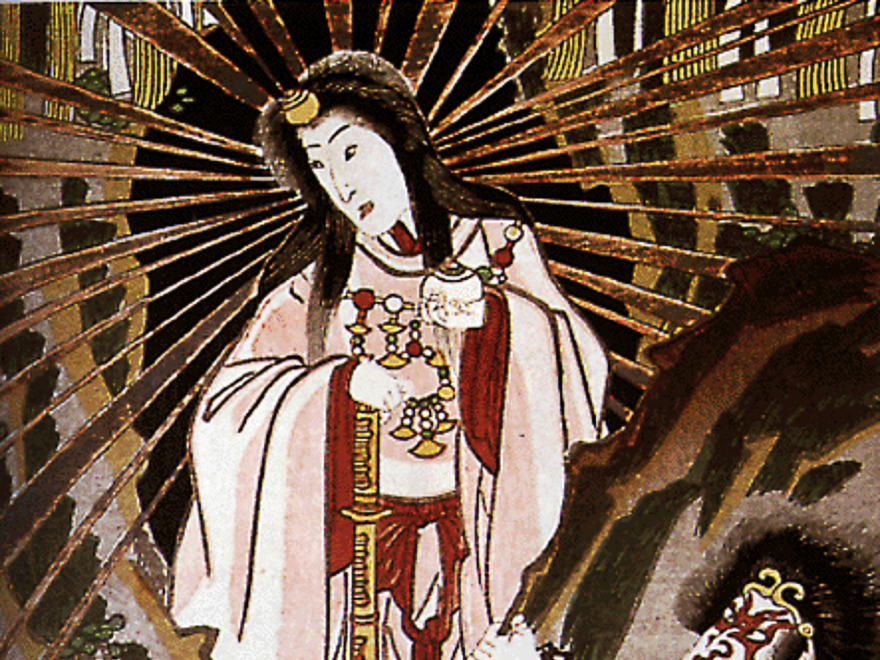 W
WThe Sword of Light or Claidheamh Soluis is a trope object that appears in a number of Irish and Scottish Gaelic folktales. The "Quest for sword of light" formula is catalogued as motif H1337.
 W
WExcalibur is the legendary sword of King Arthur, sometimes also attributed with magical powers or associated with the rightful sovereignty of Britain. It was associated with the Arthurian legend very early on. Excalibur and the Sword in the Stone are in some versions said to be different, though in most incarnations they are the same. In Welsh, it is called Caledfwlch; in Cornish, Calesvol ; in Breton, Kaledvoulc'h; and in Latin, Caliburnus. Several similar swords and other weapons also appear in this and other legends.
 W
WColada is one of the two best-known swords, along with Tizona, of El Cid Campeador. Won in combat from the Count of Barcelona, the sword was presented to his sons in law. According to the heroic verses of the Cantar de mio Cid, after his sons-in-law beat his daughters and then abandoned them on the side of the road, El Cid asked for his gifts to be returned. Afterward, he bestowed the sword upon one of his knights, Martín Antolínez.
 W
WDamocles is a character who appears in an anecdote commonly referred to as "the Sword of Damocles", an allusion to the imminent and ever-present peril faced by those in positions of power. Damocles was an obsequious courtier in the court of Dionysius II of Syracuse, a 4th-century BC ruler of Syracuse, Sicily.
 W
WExcalibur is the legendary sword of King Arthur, sometimes also attributed with magical powers or associated with the rightful sovereignty of Britain. It was associated with the Arthurian legend very early on. Excalibur and the Sword in the Stone are in some versions said to be different, though in most incarnations they are the same. In Welsh, it is called Caledfwlch; in Cornish, Calesvol ; in Breton, Kaledvoulc'h; and in Latin, Caliburnus. Several similar swords and other weapons also appear in this and other legends.
 W
WA flaming sword is a sword glowing with flame by some supernatural power. Flaming swords have existed in legend and myth for thousands of years.
 W
WIn Norse mythology, Gram is the sword that Sigurd used to kill the dragon Fafnir. It is primarily used by the Volsungs in the Volsunga Saga. However, it is also seen in other legends, such as the Thidrekssaga wielded by Hildebrand.
 W
WThe harpē (ἅρπη) was a type of sword or sickle; a sword with a sickle protrusion along one edge near the tip of the blade. The harpe is mentioned in Greek and Roman sources, and almost always in mythological contexts.
 W
WOliver, sometimes referred to as Olivier de Vienne or de Gennes, is a legendary knight in the Matter of France chansons de geste, especially the French epic The Song of Roland. In the tradition, he was Roland's closest friend, advisor, confidant and brother-in-law to be, one of Charlemagne's twelve peers and brother of Aude, Roland's betrothed. He dies with Roland at the Battle of Roncevaux Pass. Some critics have linked his name to the olive tree, a biblical symbol of divine wisdom.
 W
WKusanagi-no-Tsurugi (草薙の剣) is a legendary Japanese sword and one of three Imperial Regalia of Japan. It was originally called Ame-no-Murakumo-no-Tsurugi , but its name was later changed to the more popular Kusanagi-no-Tsurugi. In folklore, the sword represents the virtue of valor.
 W
WMagnus Olafsson, better known as Magnus Barefoot, was King of Norway from 1093 until his death in 1103. His reign was marked by aggressive military campaigns and conquest, particularly in the Norse-dominated parts of the British Isles, where he extended his rule to the Kingdom of the Isles and Dublin.
 W
WIn mythology, legend or fiction, a magic sword is a sword with magical powers or other supernatural qualities. Renowned swords appear in the folklore of every nation that used swords.
 W
WNæġling is the name of one of the swords used by Beowulf in the Anglo-Saxon epic poem of Beowulf. The name derives from "næġl", or "nail", and may correspond to Nagelring, a sword from the Vilkina saga. It is possibly the sword of Hrethel, which Hygelac gave to Beowulf. Næġling is referenced many times as a fine weapon—it is "sharp", "gleaming", "bright", "mighty", "strong", and has a venerable history as an "excellent ancient sword", "ancient heirloom", and "old and grey-coloured". However, the sword does not survive Beowulf's final encounter with the dragon, snapping in two—not because of the dragon's strength, but because of the hero's strength:
 W
WNandaka or Nandaki is the sword of the Hindu god Vishnu. Even though some scriptures recommend the sword to be depicted in Vishnu's hand, it is generally not depicted in the iconography of Vishnu and makes a later appearance in the god's sculptures. Nandaka is generally depicted in images where Vishnu is represented with more than four arms. The sword is compared to knowledge in Hindu scriptures.
 W
WDamocles is a character who appears in an anecdote commonly referred to as "the Sword of Damocles", an allusion to the imminent and ever-present peril faced by those in positions of power. Damocles was an obsequious courtier in the court of Dionysius II of Syracuse, a 4th-century BC ruler of Syracuse, Sicily.
 W
WIn Norse mythology, the sword belonging to Freyr, a Norse god associated with sunshine, summer and fair weather, is depicted in Norse mythology as one of the few weapons that is capable of fighting on its own. After Freyr gave up the sword to Skírnir for the hand of the giantess Gerðr, he will die at Ragnarök because he didn't have his sword, fighting Surtr with an antler.
 W
WThuận Thiên was the mythical sword of the Vietnamese King Lê Lợi, who liberated Vietnam from Ming occupation after ten years of fighting from 1418 until 1428. Lê Lợi then proclaimed himself king of the newly established Lê Dynasty. According to legend, the sword possessed magical power, which supposedly made Lê Lợi grow very tall. When he used the sword it gave him the strength of a thousand men, and the legend is often used to justify Lê Lợi's rule over Vietnam. The sword has been associated with Lê Lợi since the early phase of the Lê Dynasty.
 W
WTizona is the name of one of the swords carried by Rodrigo Díaz de Vivar, El Cid, according to the Cantar de Mio Cid. The name of the second sword of El Cid is Colada.
 W
WTyrfing, Tirfing or Tyrving was a magic sword in Norse mythology, which features in the Tyrfing Cycle, which includes a poem from the Poetic Edda called Hervararkviða, and the Hervarar saga. The name is also used in the saga to denote the Goths. The form Tervingi was actually recorded by Roman sources in the 4th century.
 W
WTotsuka-no-Tsurugi is not a specific sword, but a common noun for any sword of this length. In Japanese mythology, numerous deities own a sword of this kind. Some examples of well-known Totsuka-no-Tsurugi:The totsuka sword used by Izanagi to kill his offspring Kagu-tsuchi. This one is also named Ame-no-Ohabari or Ama-no-Ohabari . The totsuka sword used in the oath between Amaterasu and Susanoo. Amaterasu received this sword from Susanoo, snapped it to three pieces, and created the Three Munakata Goddesses from its debris. This sword was not named. Another totsuka sword in Susanoo's possession, which he used to slay Orochi. This sword is also named Ama-no-Habakiri or Ame-no-Habakiri (天羽々斬), Worochi-no-Aramasa (蛇之麁正), or Futsushimitama-no-tsurugi (布都斯魂剣). The sword is enshrined as the shintai of Isonokami Shrine. The totsuka sword wield by Takemikazuchi in quelling of the Middle Country. This sword is known as Futsunomitama-no-tsurugi (布都御魂剣), and is the main enshrined dedication in Isonokami Shrine.
 W
WZulfiqar, also spelled Zu al-Faqar, Zulfikar, Dhu al-Faqar, Dhulfaqar or Dhulfiqar, is the sword of Ali ibn Abi Talib. It was historically frequently depicted as a scissor-like double bladed sword on Muslim flags, and it is commonly shown in Shia depictions of Ali and in the form of jewelry functioning as talismans as a scimitar terminating in two points.